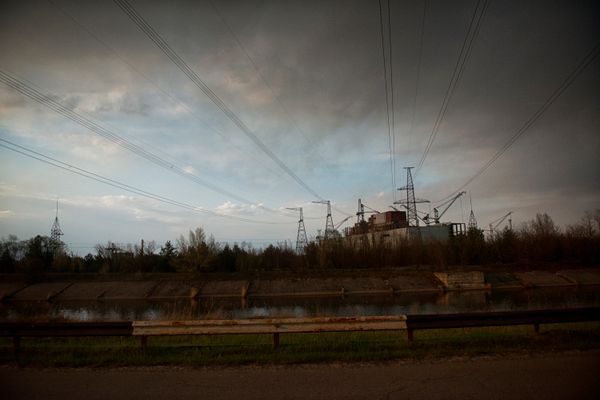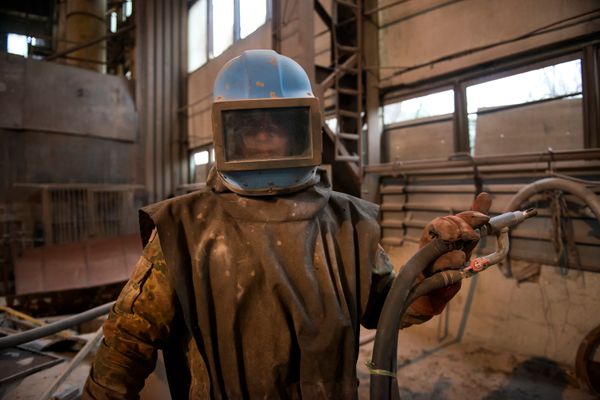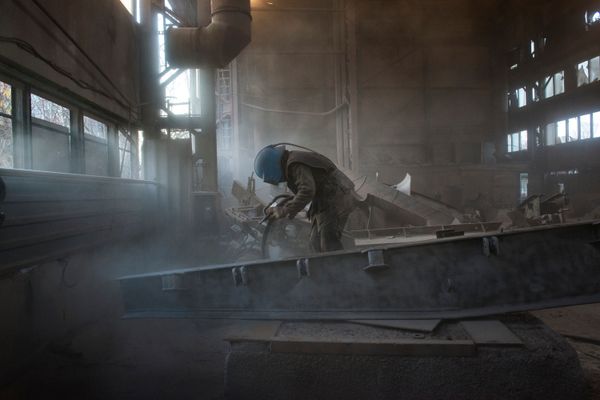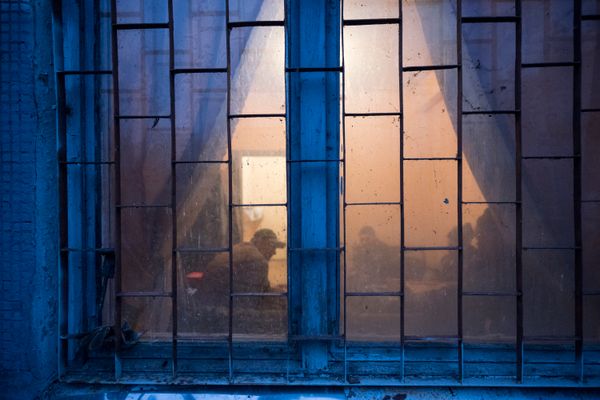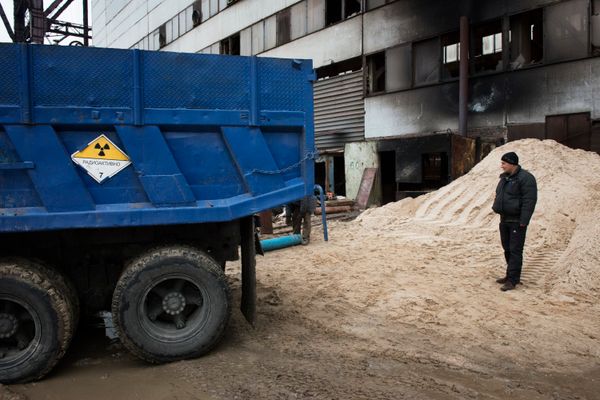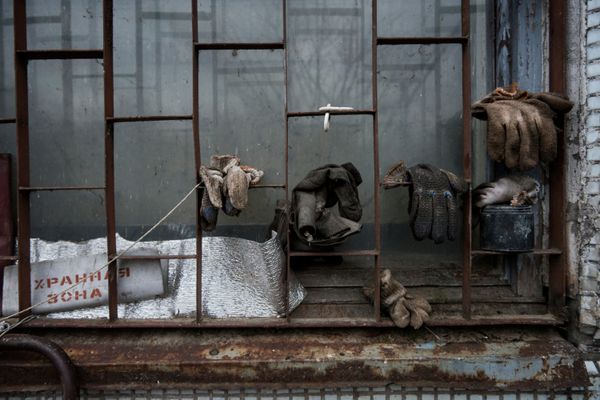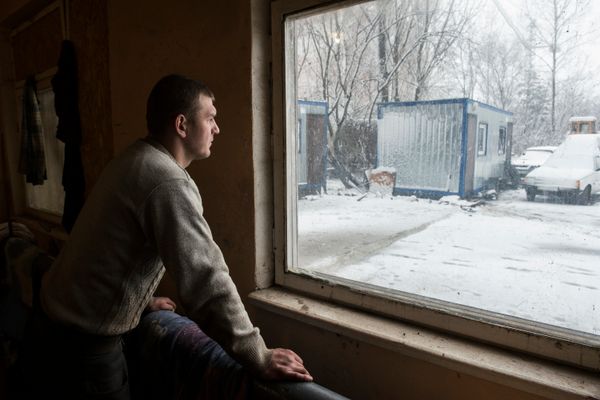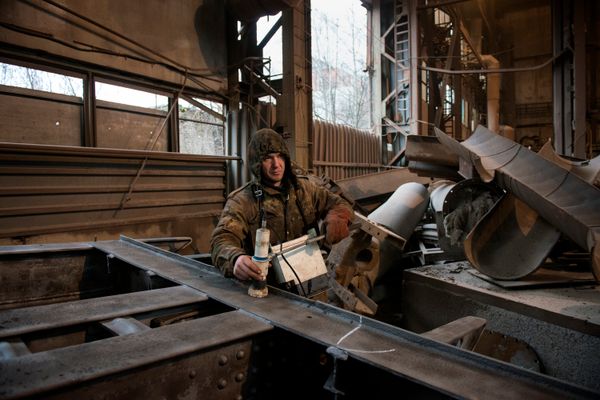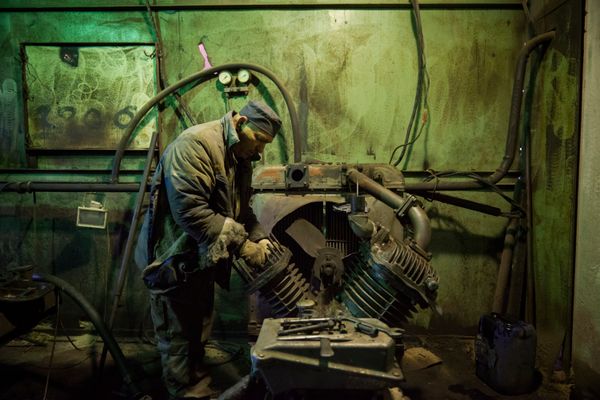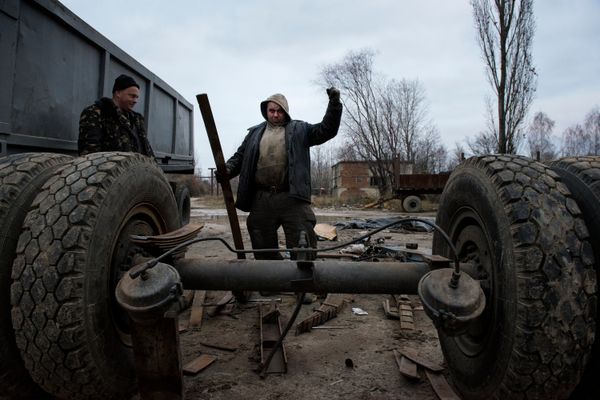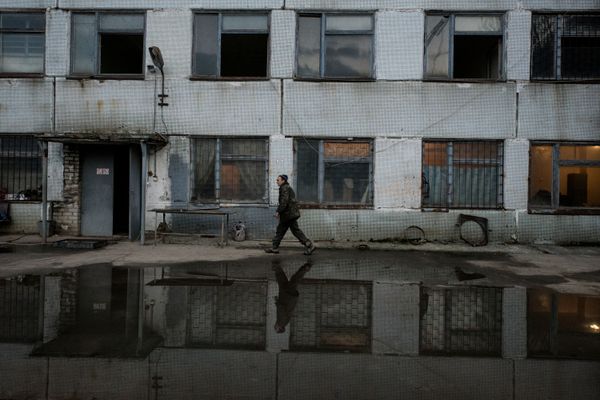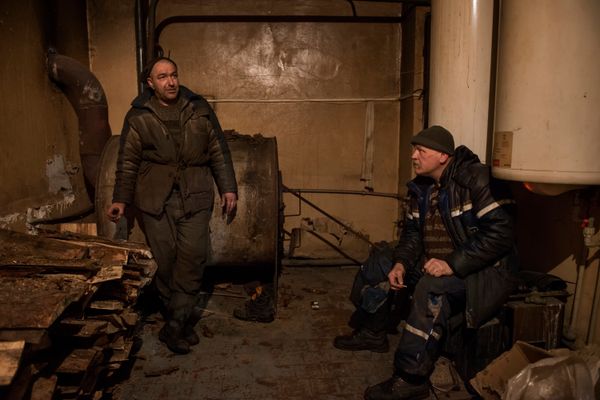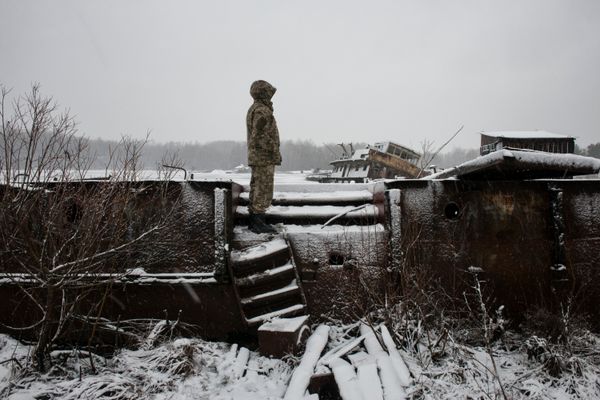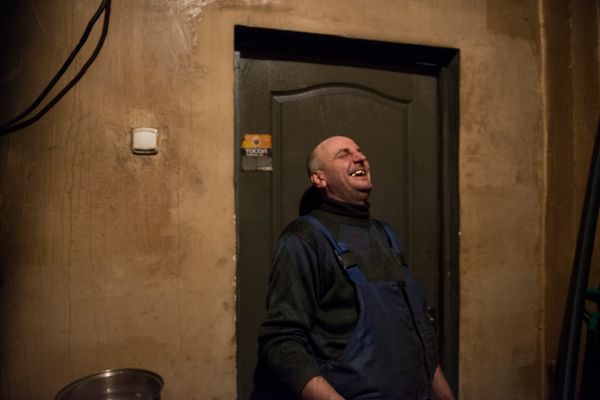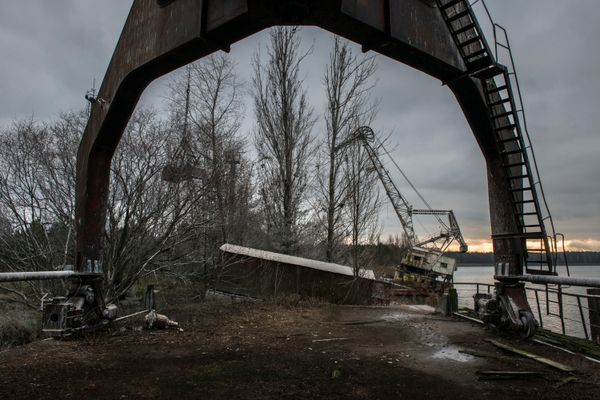The radioactive and rusty gold of Chernobyl
-
Dates2015 - Ongoing
-
Author
- Topics Contemporary Issues, Documentary
the recycling of radioactive metals inside the Chernobyl Exclusion Zone
2016 marks the 30 anniversary of Chernobyl disaster. All the media spoke extensively about Chernobyl, but after documenting for more than 14 years the Chernobyl consequences I found some interesting and unknown stories inside the Chernobyl exclusion zone.
One of this story is about the recycling process of radioactive metals. 12 men recycle radioactive metals from the Chernobyl Exclusion Zone working in harsh conditions and contaminating themselves.
Inside the zone tons of metals lie abandoned, but over the years all this rusty gold has not gone unnoticed, and more or less illegally was recycled and continues to be also today. Tons of metal leave the area each month. Since 2007, the Ukrainian government has legalized the recycling of radioactive metals with the blasting method.
The workshop is a huge warehouse where 12 men clean and recycle radioactive metals. His company recycles about 30 tons of metal a year.
The metals come from all over the area, in this period mainly by the railroad tracks, and the reactor number 1. But they also come from the port of Chernobyl where some sunk ships lie, and soon from the unfinished reactors number 5 and 6.
The recycling method consists first of all in a strong blasting of the metal that effectively reduces the contamination at zero level. Once a complete decontamination is achieved the metal is ready to be sold, usually to Ukrainian company but also to foreign companies with 30% of the price less compared to the market price.
In recent years, according to official estimates, about 40 thousand tons of metals were exported. Currently it is considered that still 1 million tonnes remain inside the zone with a value of one billion dollars.
The working conditions of metallists are very hard, safety equipment, although it is mandatory, virtually does not exist. Only a few of them use it. most of them wander all day amid radioactive clouds created by the blasting process, breathing radioactive particles. But the fact of using or not the protections is a personal choice. A mixture of fatalism, popular beliefs and difficulties to wear the protective mask during the entire work shift. But the internal contamination is now the most dangerous aspect to the health of workers.
